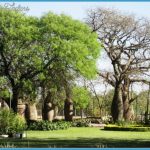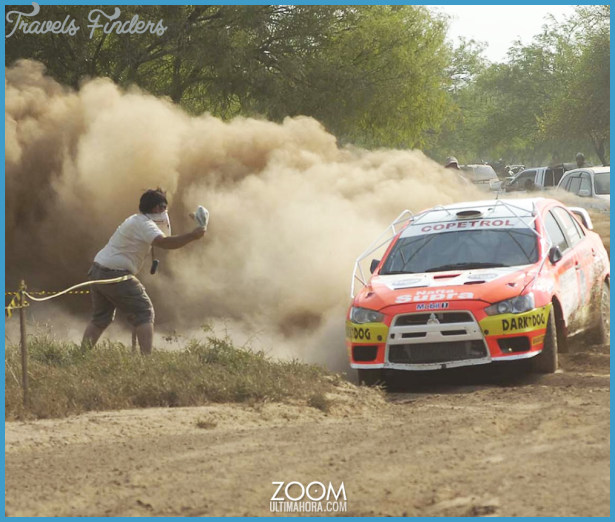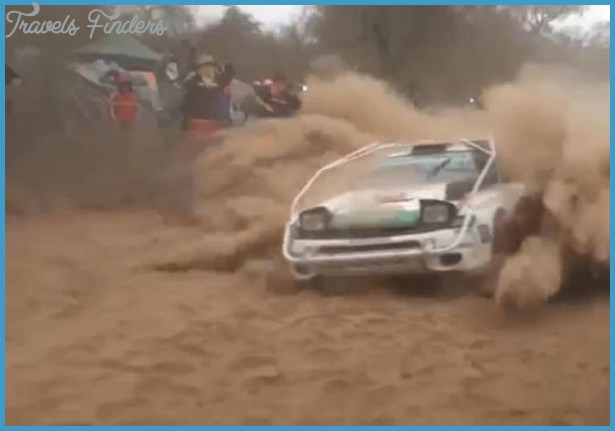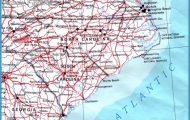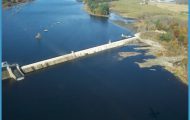With the exception of cattle ranchers, avid hunters, and occasional environmental conservationists, few Paraguayans visit the Chaco. The one exception is during the yearly Trans Chaco Rally, organized by the Paraguayan Touring and Automotive Club (TACPY). This grueling three stage rally usually draws between fifty and ninety national and international rally teams. The rally was the brainchild of Phillip Bell, an American consultant, who approached the TACPY in 1970 with the idea for a rally in the Chaco similar to rallies he had witnessed in Kenya. The first Trans Chaco Rally took place in September of 1971, along the then unpaved Trans Chaco Highway. The rally has grown in popularity each subsequent year (though it was suspended by presidential decree from 1984 to 1986) and is now one of the most important sporting events in the country, drawing thousands of enthusiastic fans to the region and bringing lucrative sponsorships for rally drivers. Normally desolate towns fill to the brim with visitors during the rally, and local hotels, restaurants, and watering holes see their profits soar.
Every year the Trans Chaco Rally (also known as the Rally del Chaco) begins with a festive send off, complete with fireworks, from Asuncion’s Mariscal Lopez Shopping. Rally enthusiasts then descend upon towns along the rally route to cheer on their teams, while those who can’t make the trek stay informed with up to the minute coverage by national media and fan filmed videos uploaded to YouTube. Over the course of three days, rally drivers and their cars are subjected to the Chaco’s grueling conditions including heat, dust, and, of course, difficult terrain. Breakdowns are frequent, and less than half of the teams are able to overcome the obstacles and finish the race.
Although it has many fans and brings a lot of economic activity to the region, the Trans Chaco Rally is not without its detractors. Every year, environmentalists raise concerns about the damaging effect rally cars have as they tear through already fragile ecosystems (often running over animals in the process). In addition, some of the rally stages take place along main roads putting pedestrians at risk. The general spring break style debauchery of the rally’s followers is also of concern both for environmental and social reasons. Revelers leave mounds of litter, and the incidence of prostitution among the Chaco’s indigenous women spikes conspicuously during the rally. Despite these concerns it seems unlikely that the Trans Chaco Rally will be suspended any time soon. In fact, the Paraguayan Chaco may soon become home to a new rally. There are rumors that the Paraguayan Chaco will be incorporated into the Rally Paris-Dakar route which shifted from Africa to South America in 2009. For more information on the Trans Chaco Rally visit www.transchacorally.com.py




